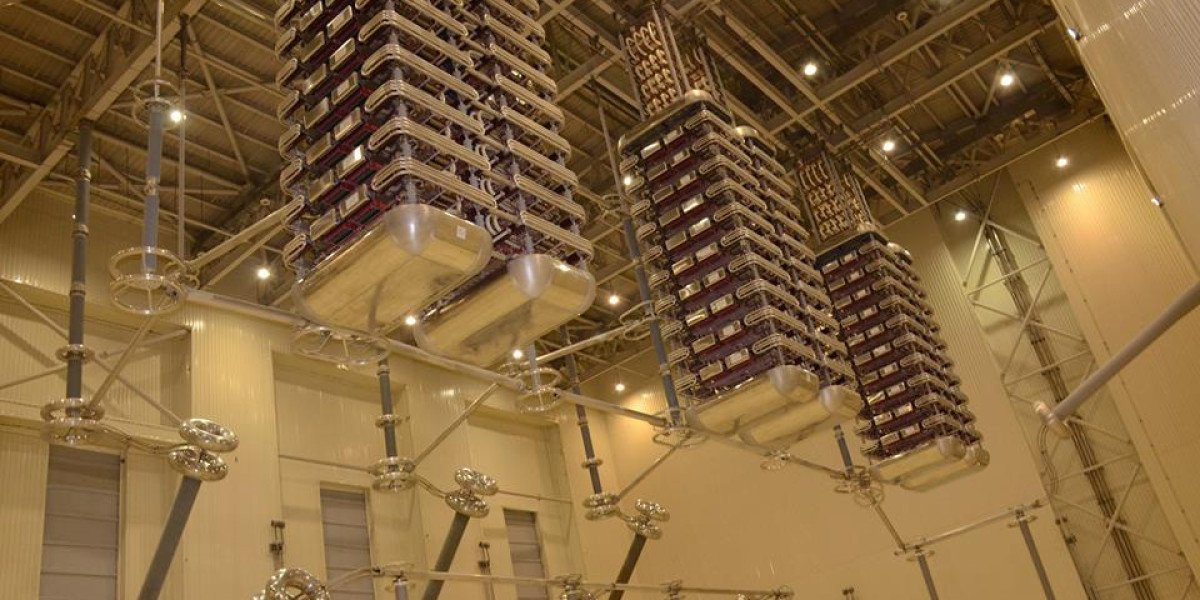The world’s growing demand for reliable, efficient, and sustainable energy has placed a renewed focus on the power transmission and distribution (T&D) equipment market. This sector forms the core of global energy systems, ensuring that electricity generated at power plants—whether from fossil fuels, renewables, or nuclear sources—reaches homes, industries, and businesses safely and efficiently.
Power transmission and distribution equipment includes a range of technologies such as transformers, switchgears, circuit breakers, insulators, relays, substations, and smart meters. Together, these components enable the smooth transfer of electricity across long distances, while managing voltage levels, minimizing energy loss, and protecting systems from overloads or faults. As the energy landscape transitions toward renewable and decentralized power generation, modernizing T&D infrastructure has become a global priority.
One of the key trends shaping the market is the integration of digital and smart grid technologies. Traditional grids are evolving into intelligent networks equipped with sensors, automation systems, and real-time monitoring tools. These innovations allow utilities to manage demand fluctuations, detect faults more efficiently, and optimize power flow. Smart grids also enhance resilience against outages and enable the integration of renewable energy sources such as solar and wind, which are inherently intermittent.
Another major factor driving the T&D equipment market is urbanization and industrial growth. Rapid development in emerging economies has led to an increased need for reliable electricity infrastructure. Countries across Asia-Pacific, Africa, and Latin America are investing heavily in expanding and upgrading their transmission networks. Simultaneously, developed regions like North America and Europe are modernizing aging grid systems to support electric vehicles (EVs), digital industries, and sustainable cities.
Energy efficiency has also become a central focus. Advanced T&D equipment helps reduce transmission losses, which account for a significant portion of global energy waste. High-efficiency transformers, flexible alternating current transmission systems (FACTS), and high-voltage direct current (HVDC) lines are key innovations improving grid performance. Additionally, the deployment of digital monitoring and predictive maintenance tools ensures longevity and cost-effectiveness in energy operations.
Renewable energy integration presents both challenges and opportunities. As solar and wind installations expand worldwide, the need for adaptable transmission systems capable of balancing variable generation grows. Power electronics and grid-scale storage systems play vital roles in stabilizing supply and maintaining consistent energy flow.
Looking ahead, the power transmission and distribution equipment market is set for substantial growth, driven by the global energy transition, electrification of transport, and the rise of smart cities. Collaboration between governments, utilities, and technology providers will be essential to build resilient, sustainable, and digitally connected grids.
In essence, power T&D equipment is not just about hardware—it represents the arteries of the modern world’s energy ecosystem. As nations push toward cleaner and smarter energy systems, the modernization of transmission and distribution networks will remain at the heart of achieving global sustainability and energy security.






